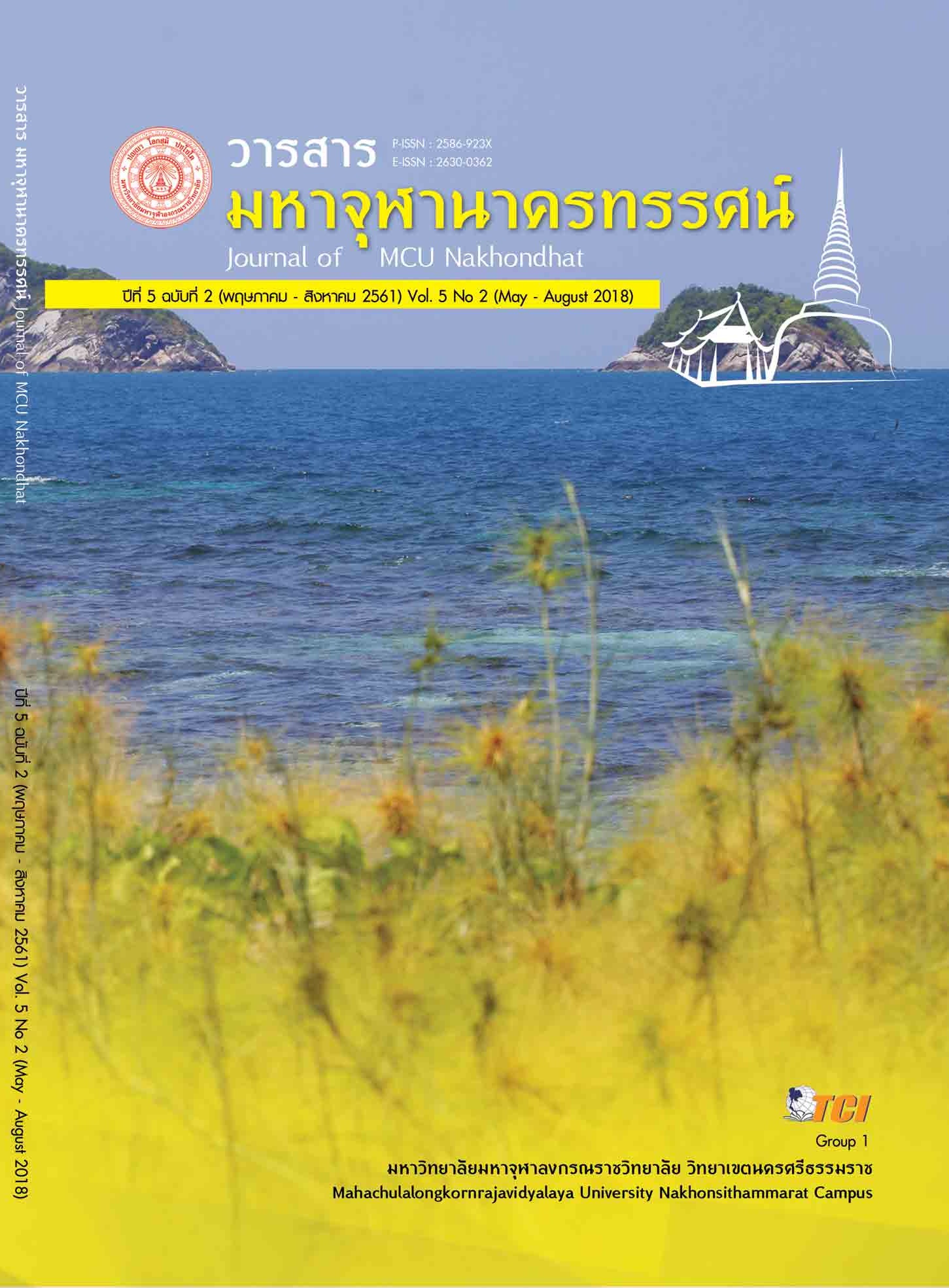Social Accounting Matrix for Thailand’s SMEs: Multiplier and Income Distribution Analysis
Main Article Content
Abstract
This research aims to construct the Social Accounting Matrix (SAM) for small and medium enterprises (SMEs) in Thailand for the year 2010. The matrix represents the circular flow of 26 production activities in the SMEs and large enterprises (LEs), income, and expenditure in the Thai economy. It also shows income distribution and the redistribution between economic agents since all households are equally divided into 5 different income groups. This research has some distinctive features in that our SAM incorporates the interrelationship between SMEs and LEs; therefore, SAM-based multipliers for both SMEs and LEs can be calculated and the distribution of income can be analyzed. This study constructed an unconstrained SAM multiplier model. The results indicated that an output multiplier for LEs (which was to be closer to 2.26) was larger than that for SMEs (2.03). For value-added multipliers, a multiplier for SMEs (0.73) was also slightly larger than that for LEs (0.72). Finally, an income multiplier for LEs (0.63) was smaller than that for SMEs (0.67). We also simulated six alternative scenarios for the export expansion in the agricultural, manufacturing, and service sectors, in both SMEs and LEs, by one billion Thai baht. The results indicated that an increase in agricultural exports in the LEs will bring about the largest increase in total value added (a 0.0082 percent increase from the baseline). For the impact on the distribution of household income, a rise in exports of services in the LEs will substantially reduce income inequality and the Gini coefficient will decrease by 0.00075 percent.
Article Details
References
สำนักงานเศรษฐกิจการคลัง . (2551). แบบจำลองการเคลื่อนย้ายเงินทุน (Computable General Equilibrium Capital Flow Model) (เอกสาร Capital Flow Special Report ของสำนักงานเศรษฐกิจการคลัง). กรุงเทพมหานคร: กระทรวงการคลัง.
Hayden, C., & Round, J. I. (1982). Developments in Social Accounting Methods as Applied tothe Analysis of Income Distribution and Employment Issues. World Development, 10(6), 451-65.
Komsan Suriya. (2010). Impact of Community-based Tourism in a Village Economy in Thailand: An Analysis with VCGE Model. เรียกใช้เมื่อ 30 January 2018 จาก www.ecomod.net/sites/default/files/document-conference/ ecomod2010/1302.pdf
McLennan, W. (1996). Introduction to Input-Output Multipliers. In Information Paper of Australian National Accounts. Canberra: Australian Bureau of Statistics.
Pyatt, G., & Round, J. I. (1979). Accounting and Fixed Price Multipliers in a SAM Framework. Economic Journal, 89(356), 850-873.
Pyatt, G., & Round, J. I. (eds). (1985). Social Accounting Matrices: A Basis for Planning. Washington, D.C.: the World Bank.
R. Stone, A. & Brown. (1962). A Computable Model of Economic Growth. London: Chapman & Hall.
Robinson, S. & Roland-Holst, D.W. (1987). Macroeconomic Structure and Computable General Equilibrium Models. Journal of Policy Modeling, 10(3), 353-375.
Sussangkarn, C., & Kumar, R. (1997). A Computable General Equilibrium (CGE) Model for Thailand Incorporating Natural Water Use and Forest Resource Accounting. (Report Prepared the Project on Macroeconomic Linkages between Environment and Development: a Case Study of Thailand). Bangkok: Thailand Development Research Institute (TDRI).
Tarp, F., Roland-Holst, & D. Rand, J. (2002). Trade and Income Growth in Vietnam: Estimates from a New Social Accounting Matrix. Economic Systems Research, 14(2), 157-184.
Thorbecke, E., Downey. R., Keuning. S., Roland-Holst. D., & Berrian. D. (1992). Adjustment and Equity in Indonesia. Paris: OECD Development Centre.
Breisinger, C., M. Thomas, and J. Thurlow. (2009). Social Accounting Matrices and Multiplier Analysis. Washington, DC: Institute, International Food Policy Research.
Leontief, W. et a. (ม.ป.ป.). Studies in the Structure of the American Economy. New York: International Arts and Sciences Press.


